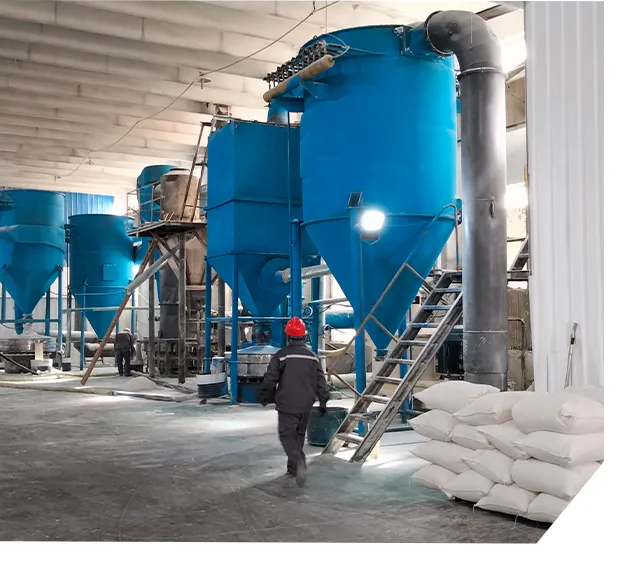The Intersection of Paint and HPMC Innovations in Coating Technology
In recent years, the paint industry has witnessed a significant transformation, particularly with the integration of advanced polymer additives. One of the most noteworthy developments is the utilization of Hydroxypropyl Methylcellulose (HPMC) in paint formulations. This article explores the synergy between paint and HPMC, highlighting its impact on performance, sustainability, and application techniques.
Understanding HPMC
Hydroxypropyl Methylcellulose is a non-ionic cellulose ether that is widely used in various industrial applications, including construction, pharmaceuticals, and food products. Its unique properties, such as water solubility, viscosity modification, and film-forming capabilities, make it an excellent additive for paint formulations. HPMC is known for its ability to improve the rheological properties of paints, providing a smoother application and better overall performance.
Enhancing Paint Properties
The incorporation of HPMC into paint formulations leads to several enhancements in paint properties. First and foremost, HPMC acts as a thickening agent, providing optimal viscosity control. This quality ensures that paints can be easily applied with minimal dripping and splattering, improving the user experience during application.
Moreover, HPMC contributes to improved open time, allowing painters to work with the paint for longer before it starts to dry. This is particularly advantageous in large projects or in conditions that require more detailed work. The extended open time enables artisans to achieve a perfectly smooth finish without the risk of lap marks or streaking.
Additionally, HPMC’s film-forming characteristics lead to a more uniform film layer upon drying. This results in enhanced gloss and color retention, ensuring that the painted surface maintains its fresh appearance over time. These properties make HPMC an ideal choice for both architectural and industrial coatings.
Sustainable Solutions
paint hpmc

As sustainability continues to be a pressing concern for manufacturers and consumers alike, HPMC presents a more eco-friendly option in paint formulations. Traditional paint additives often contain volatile organic compounds (VOCs), which can contribute to air pollution and harm human health. In contrast, HPMC is a natural polymer derived from cellulose, making it a safer alternative.
Using HPMC-based formulations can significantly reduce the overall VOC content of paints, aligning with environmental regulations and consumer preferences for sustainable products. This shift not only benefits the planet but also enhances the marketability of the paints, attracting environmentally conscious consumers.
Application Techniques
The versatility of HPMC extends beyond its chemical properties; it also influences application techniques. Paints that incorporate HPMC can be used in various methods, including brushing, rolling, and spraying. Thanks to its excellent rheological properties, these paints adhere well to surfaces and minimize the risk of sagging or running.
For professionals in the industry, the adaptability of HPMC-containing paints can lead to improved productivity. For instance, due to their excellent leveling properties, these paints require fewer coats, saving both time and material costs. This efficiency is particularly beneficial in large-scale projects where labor and resource management are critical.
Conclusion
The integration of Hydroxypropyl Methylcellulose into paint formulations signifies a pivotal advancement in coating technology. By enhancing the physical properties of paints, promoting sustainability, and offering versatile application techniques, HPMC has positioned itself as a valuable additive in the industry. As the demand for high-performance, environmentally friendly paints continues to grow, HPMC will likely play a crucial role in shaping the future of painting solutions.
In summary, the harmonious blend of paint and HPMC not only caters to the technical demands of modern consumers but also aligns with the broader industry shift towards sustainability. As we look forward, the innovations stemming from this intersection will undoubtedly lead to more efficient, durable, and eco-friendly paint products that meet the evolving needs of both professionals and homeowners.
-
Rdp Powder: Key Considerations for Wholesalers in the Building Materials IndustryNewsJul.08,2025
-
Key Considerations for Wholesalers: Navigating the World of Hpmc - Based ProductsNewsJul.08,2025
-
Hpmc Detergent: Key Considerations for WholesalersNewsJul.08,2025
-
Key Considerations for Wholesalers: China Hpmc For Tile Adhesive, Coating Additives, Concrete Additives, and MoreNewsJul.08,2025
-
Crucial Considerations for Wholesalers: Navigating the World of Construction MaterialsNewsJul.08,2025
-
Key Considerations for Wholesalers Sourcing Additive For Cement, Additive For Concrete, Additive For Putty from Additive Manufacturer Shijiazhuang Gaocheng District Yongfeng Cellulose Co., Ltd.NewsJul.08,2025




